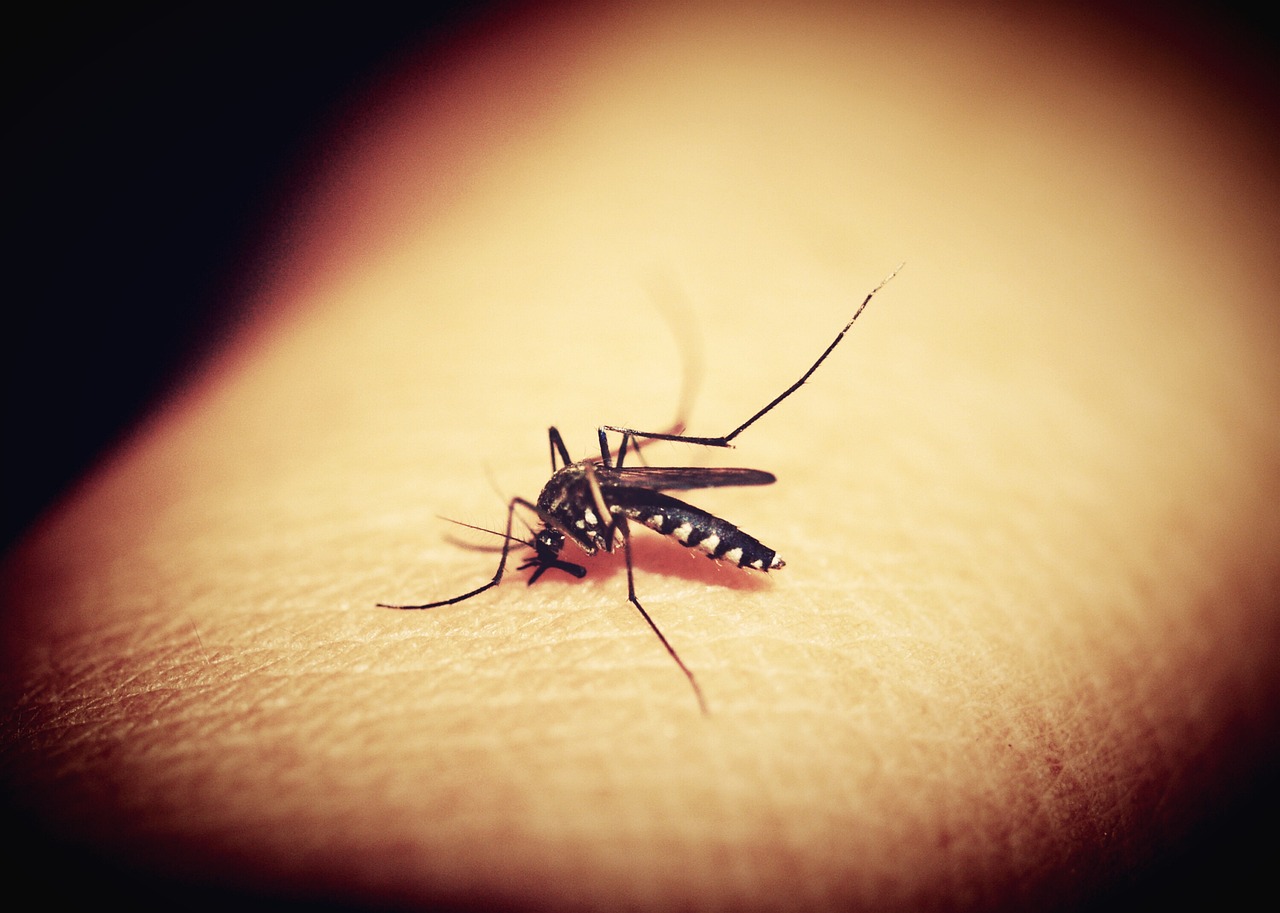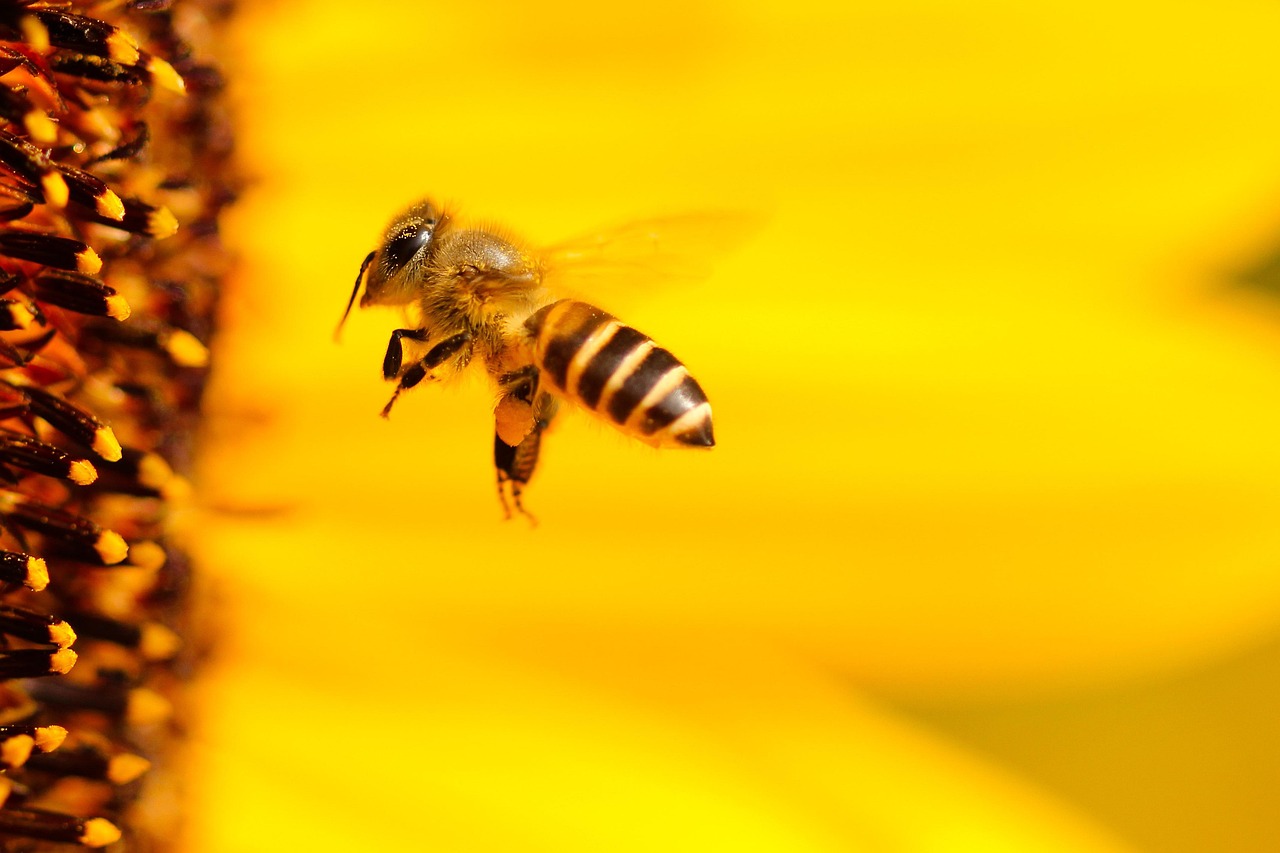How can i get rid of mosquitos in the summer?

Mosquitoes have been known to cause some very dangerous diseases like dengue and malaria. Thankfully, in New England, the handful of 3,500 mosquito species discovered here tend to cause itchy, sometimes large bites, but rarely disease.
Mosquitos do not contribute significantly to nature, but are a food source for larger animals. For fish, birds, lizards, frogs, bats and other animals, they are a key, but not sole, food source.
These pesky winged insects are usually out in April to mid-October, and the most popular time for them to come out is dusk. Blood type O is the most common target, and mosquitoes tend to like damp areas, plants, trees, and bushes. If your property is near water or remains damp after rain, you have probably experienced the frustration of mosquito bites.
We want you to enjoy your outdoor spaces. If you’ve tried everything to get rid of mosquitoes and are tired of itching bites during the nice weather months, call Squared Away Pest Control.
Can you have a squirrel infestation in your home?

They’re usually harmless, but when squirrels infest a home or building, there’s concern for property damage and for the health of those living or working there. We’re all accustomed to seeing squirrels outside during our daily routines, but believe it or not, the “squirrel in the attic” problem is actually very common. It’s essential to take care of your responsibilities as a home or business owner when it comes to surveying the property for signs of such invasions, because as with any animal raid, if a squirrel problem is not taken care of quickly, it can pose a dangerous threat. So, what are the main concerns when it comes to a squirrel infestation?
To a squirrel, your attic is like a large, hollow tree, and once it nests there, it’s an intricate, long project to eliminate the infestation. There are several indicators of a squirrel invasion. For example, hearing noises from the attic, walls, chimney, or vents, of squirrels running and scratching, is a common sign. Also, look for holes in siding or under the soffits, chewed wires, and damage to the attic insulation.
A pest control professional from Squared Away can help with identifying possible signs of an invasion, and will be able to safely, and comprehensively remove every trace of the squirrels, ensuring the problem is completely eradicated.
Are bees dangerous to humans?

Most beehives will be found outdoors, but as bees prefer a dark, protected area, hives can be found in chimneys or attics as well.
Most of the 16,000 bee species live in colonies with their queen, and are known for their honey and pollen. These winged insects feed on nectar, which is their protein, and pollen, which provides other nutrients, especially for their larvae. Bees need pollen to survive and they transfer it from one plant to another to pollinate. This process is carried out by the “worker” bees, most of the 60,000 bees in each hive.
Even knowing the importance of this insect’s role in nature, they are a nuisance to people. When a bee stings, they inject venom. Bee stings are painful and potentially medically threatening if allergic. Dealing with bees or a nest is dangerous, and it is always best to call an expert. Squared Away Pest Control will take care of your bee or hive issues safely and professionally.
How do I prevent raccoons from getting into my trash?

Most known for their ringed tails and their nuisance habit of digging through trash for food, raccoons are nocturnal animals that tend to inhabit hollow trees and logs near lakes and streams, but creep into residential areas when looking for food. As a home or business owner, it’s necessary to take preventative actions to avoid future costs.
Raccoons are medium-sized animals native to North America, commonly known for being pests around the neighborhood. Normally, raccoons will eat insects, frogs, and crayfish throughout the spring and summer months, and nuts, grains, and berries, during the late summer and fall. Of course, their diet, along with their need to forage through garbage cans for nourishment, could lend itself to lawn damage and other messes. Because raccoons can be aggressive, it’s important to take simple steps to help yourself, such as using trash cans made of tough materials, like hard plastics and metal, and cans with tight-fitting lids and straps to help hold them shut.
Sometimes, raccoons make their homes in places where they are not welcome, such as areas beneath porches and outbuildings, attics, and chimneys. Not only is this a hassle for homeowners dealing with damaged property, but it can prove harmful, as raccoons carry and spread diseases. Most commonly, raccoons are known for transmitting rabies to humans or pets, but this is not the only threat the creatures pose. Raccoon feces and urine are associated with other diseases, including roundworm, giardia, and leptospirosis. If you have any questions or concerns, it’s best to contact a pest control professional who has training in resolving unwanted pest issues in the correct ways.
Spring and Summer Seasons

The spring season is upon us, and with the spring and summer seasons, we often find ourselves in the company of unwelcome guests, like ticks, ants, hornets, rodents and wildlife. To assist you in the mitigation of these pests Squared Away Pest Control will be there for you!
- Deer Ticks –Research has shown that people more commonly encounter ticks on their own properties than in parks or natural areas. We recommend preventive treatment. Perimeter spray treatments are eco-friendly by limiting the amount of pesticide being applied and by targeting those areas where people most frequently come into contact with deer ticks. Tick control treatments today are much less toxic than in the past and are used in very low concentrations. Also, the treatments do not leach into the soil, because they are biodegraded within the top 4-cm of soil surface.
- Ants & other insects – Again, we recommend a preventive treatment by blocking ants (and many other insects) from getting into the home in the first place. With a perimeter treatment to the foundation of the home and some advice from our technicians we have great success preventing insects from getting into the home.
- Hornets, bees, wasps – We have effective preventative and responsive treatments for these insects. It’s important to co-exist with these pollinators, but sometimes the risk is just too high; if that’s the case, we’ll remove the nest.
- Rodents – We use preventative and responsive treatments for rodents, including exclusion, trapping, and baiting. We dolotsof rodent work in town, city, and suburban properties.
- Wildlife – we are a certified PAC (Problem Animal Control) agent in Massachusetts.
***ALL ESTIMATES ARE FREE***Our service is guaranteed. Our commitment to our customers:“Your call, email or text will be responded to the same day.”Service is our specialty!
FALL PEST CONTROL: TOP 5 COMMON FALL PESTS
 As the fall season approaches homeowners find it increasingly difficult to defend their home from unwelcome pests. Let’s take a look at the most common fall pests you might encounter during this season, and why you may require pest control services to help get rid of them.
As the fall season approaches homeowners find it increasingly difficult to defend their home from unwelcome pests. Let’s take a look at the most common fall pests you might encounter during this season, and why you may require pest control services to help get rid of them.

#1. Rodents: Some of the most common fall intruders are mice and rats. Just like us, they need warmth and food to survive the winter. A concern because they can spread diseases, build nests in insulation and chew through wiring causing fires, these cunning little invaders have the unique ability to fit through cracks as small as a nickel, making small spaces and holes in the foundation easy entryways. And, they rarely travel alone, often bringing fleas, mites, ticks and lice along with them creating even more issues. To prevent these creatures from entering the home, always store food in airtight containers and seal all cracks around the foundation of your home. Rodents reproduce extremely quickly, so if an infestation is suspected, a pest professional should be contacted immediately.

#2. Stink Bugs: Brown marmorated stink bugs will definitely be out in force this fall, actively seeking shelter from the cooler weather. While they don’t transmit diseases, bite or sting, these “stinky” pests can damage clothing, furniture and other fabrics with their droppings. So named because they emit a strong odor when frightened, disturbed or squashed to repel predators, they are also a bit lazy preferring to hide in personal belongings and cars to make their way indoors. You should always check your belongings before bringing them inside and make sure that all screens on doors and windows are in good repair.

#3. Ants: Many types of ants can be found in and around the home during the fall months and some can cause real harm. Odorous house ants can contaminate food and carpenter ants can damage the structure of a home. To prevent ants from entering your home, seal all cracks around the foundation, store food in airtight containers, sweep floors often, eliminate sources of standing water and keep tree branches and plants cut back. Additionally, don’t store firewood and building materials next to the home and don’t store unused firewood in the home overnight.

#4. Bed Bugs: Bed bugs have been a constant in the news lately and this fall will bring no relief. In fact, as many travel for sporting events or family gatherings and head back to school and college, we are likely to see an increase in home infestations. Notorious hitchhikers, bed bugs will catch a ride on clothing, suitcases, and even schoolbags to enter the home. Although not thought to spread disease, bed bugs can leave behind itchy welts on their victims and there can be lasting emotional and psychological effects from an infestation. To minimize the risk of transporting these pests, always inspect hotel rooms before unpacking, keep personal belongings off the floor in public places and check all suitcases before bringing them back in the home. Bed bugs are one of the most difficult pests to control. If an infestation is suspected, a pest professional should be contacted immediately.

#5. Cockroaches: Cockroaches are definitely one of the most common and most dangerous pests on our list. They have the potential to spread 33 different kinds of bacteria and they can trigger asthma attacks in children. Since cockroaches tend to be found near pipes and drains, keep kitchens and bathrooms sanitized, vacuum frequently and ensure that all cracks around the home are sealed.
We hope these tips will help ensure you have a pest-free fall, but if any from this notorious bunch find their way into your home, remember to contact a pest professional immediately
